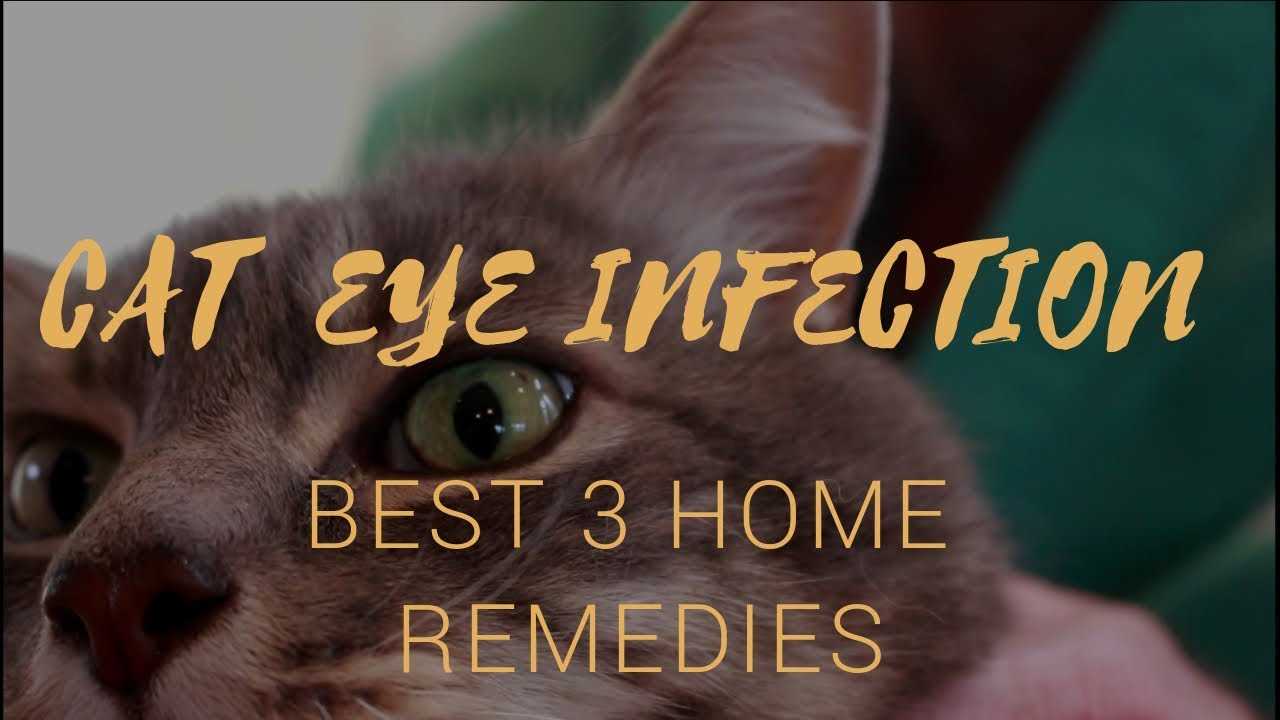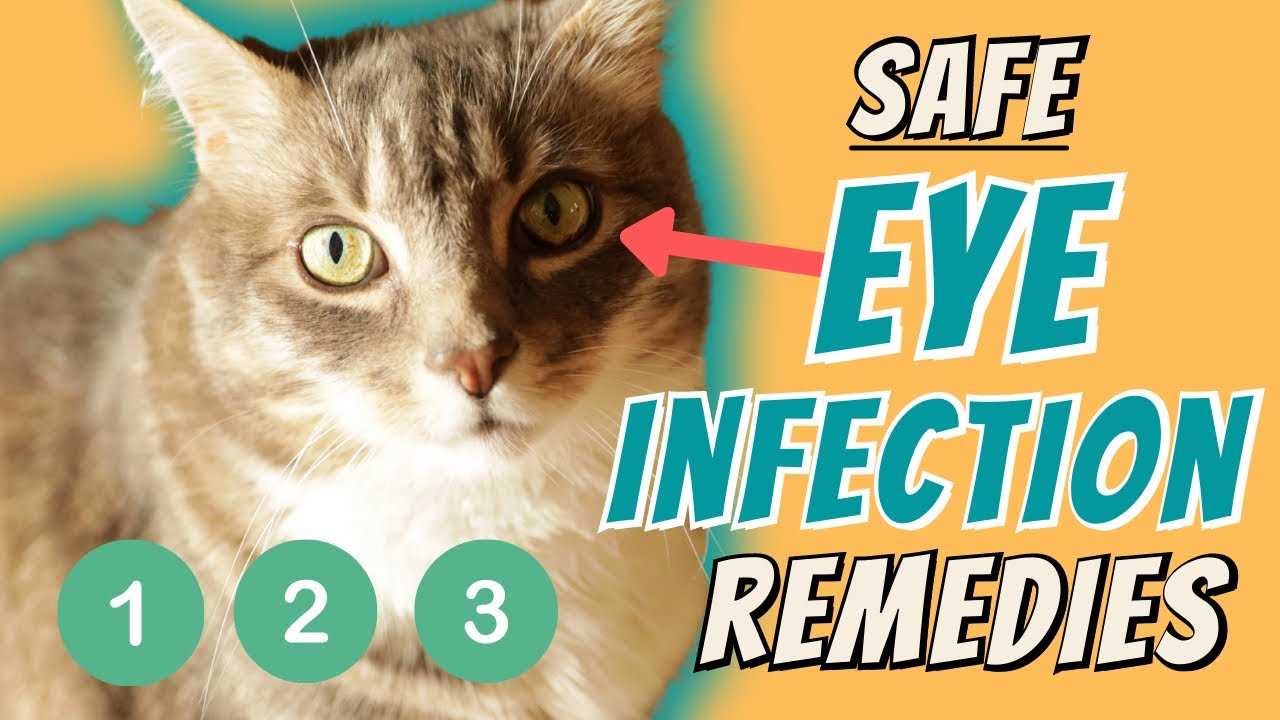First, gather some clean, soft cloths and warm water. Dampen a cloth with the water, ensuring it’s not too hot. Gently wipe away any discharge around those delicate peepers. This helps to keep the fur clean and reduces irritation.
If the irritation persists, consider a saline solution. Mix a teaspoon of salt in a cup of boiled, cooled water. Use a dropper to apply a few drops into the affected area. This can alleviate discomfort and promote healing.
Monitor for any changes in behavior or the appearance of redness and swelling. If things don’t improve, a visit to the vet might be necessary, but these initial steps can often help soothe those bothersome symptoms.
Simple Remedies for Feline Ocular Issues
If you notice discomfort around my peepers, a warm compress can provide soothing relief. Just take a clean cloth, dip it in warm water, then gently press it against my eyes for a few minutes. This helps reduce swelling and clears away any discharge.
Natural Solutions
Another beneficial approach involves using diluted saline solution. Mix a teaspoon of salt in a cup of warm water, then use a dropper to apply a few drops to my eyes. This can help flush out irritants and keep things clean.
Maintain Cleanliness
Keeping my surroundings tidy is crucial. Ensure my bedding is regularly washed, and my living space is free from dust and allergens. This reduces the chances of irritation that can lead to discomfort in my vision.
Identifying Symptoms of Feline Ocular Issues
Notice excessive tearing or discharge? This could indicate a problem. Discoloration of the eye or surrounding area often signals irritation or infection. If my third eyelid appears more visible, it’s time to pay attention.
Behavior changes can also be telling. If I’m squinting or keeping one eye closed, something might be off. Increased sensitivity to light can occur as well. Watch out for signs of discomfort, like pawing at the face or rubbing against furniture.
Here’s a quick reference table for common symptoms:
| Symptom | Description |
|---|---|
| Excessive Tearing | More tears than usual, often leading to wet fur around the eyes. |
| Discharge | Yellow or green discharge can signal an underlying issue. |
| Redness | Red or swollen areas around the eyes indicate irritation. |
| Squinting | Keeping eyes partially closed may show discomfort. |
| Visible Third Eyelid | When the nictitating membrane becomes more prominent. |
If you notice these signs, it’s wise to seek further assistance. Keeping an eye on your furry companion’s well-being is essential, and ensuring they stay hydrated can help. Consider a water dispenser for cats to encourage drinking.
Preparing a Clean Environment for Your Cat
Ensure your living space is tidy and free of dust or allergens. Regularly vacuum carpets and clean surfaces to minimize irritants. Maintain a designated area for relaxation, away from high traffic zones, where I can feel safe and comfortable.
Sanitize Common Areas

Wipe down frequently used items like litter boxes and food dishes daily. Opt for pet-safe cleaners that eliminate bacteria without leaving harmful residues. Keeping my food and water bowls clean is crucial for preventing any discomfort.
Control Humidity and Temperature
Keep the environment at a comfortable temperature and humidity level. Use a dehumidifier if necessary to avoid dampness, which can lead to discomfort. A warm, dry space supports overall well-being and helps me thrive.
For those interested in capturing precious moments, consider checking out the best but cameras digital to document my antics and ensure memories are preserved in high quality.
Using Natural Remedies for Mild Infections
Warm chamomile tea bags work wonders. After brewing, let them cool slightly and place them on my affected eye for about 5-10 minutes. The antioxidants help soothe irritation.
Aloe vera gel is another fantastic option. Applying a small amount around my eye can reduce inflammation and promote healing. Ensure it’s pure and free from additives.
Honey is a natural antibacterial. Mixing it with a little water and applying it gently can help clear up mild issues. Just make sure it’s organic to avoid any unnecessary chemicals.
Cold compresses made from soft cloths soaked in clean, cool water can reduce swelling. This feels refreshing and helps ease discomfort.
Adding omega-3 fatty acids to my diet can support overall eye health. Fish oil or flaxseed oil can be beneficial. Just a few drops in my food can make a difference.
Lastly, ensuring plenty of hydration is key. Fresh water should always be available, as it supports overall wellness and helps my body fight off any minor concerns.
Administering Over-the-Counter Eye Drops
When my vision gets cloudy or feels uncomfortable, I turn to over-the-counter drops designed for relief. First, ensure the product is specifically intended for pets, as human formulations can be harmful. Look for drops that contain soothing ingredients like saline or those labeled safe for use in animals.
Before applying, it’s important to wash your hands thoroughly. I prefer to sit still and calm, so having a cozy spot helps. If possible, have someone gently hold me to prevent sudden movements. Tilt my head back slightly and apply the drops into the corner of my eye. This way, a natural blink will help distribute the liquid properly.
After administering, observe me for a few minutes. If I seem more comfortable, you’ve likely done it right. However, if I shake my head or paw at my face, it might mean the drops are causing irritation. In such cases, consult with a veterinarian for further guidance.
Always read the instructions carefully and adhere to the recommended dosage. Consistent application can aid in easing discomfort and promoting healing. If symptoms persist or worsen, don’t hesitate to seek professional help.
How to Properly Clean Your Feline’s Eyes
Gently wipe the corners of your furry friend’s peepers with a soft, damp cloth. Make sure the cloth is clean and free of any detergents. Start from the inner corner and move outward to avoid irritation.
Steps for Effective Cleaning
- Moisten a clean, soft cloth or cotton ball with warm water.
- Hold your friend’s head still with one hand, ensuring comfort.
- Wipe away any discharge or crust gently, avoiding the eyeball.
- Use a separate cloth or cotton ball for each eye to prevent cross-contamination.
Additional Tips
- Use saline solution if your companion is particularly sensitive or has stubborn discharge.
- Avoid using alcohol or other harsh chemicals that may cause discomfort.
- Keep a regular schedule for cleaning to prevent build-up.
After the cleaning session, reward your four-legged buddy with a treat to create a positive association with the process.
When to Consult a Veterinarian
If my vision becomes blurry, I start squinting, or I notice unusual discharge, it’s time to call for professional help. A vet should check any persistent redness or swelling around my peepers, especially if it’s been more than a couple of days and home care hasn’t improved the situation.
Signs of Serious Issues
When I see sudden changes such as excessive tearing, noticeable pain, or if I’m avoiding light, those signals can’t be ignored. If I’m pawing at my face or rubbing my head against furniture, something more serious might be brewing.
Associated Symptoms
If I develop a fever, lose my appetite, or show signs of lethargy along with any of the above, it’s a clear indicator that I need urgent veterinary attention. These signs often suggest an underlying condition that requires a professional diagnosis.
Always trust your instincts; my health is paramount, and timely intervention can make all the difference.
Preventive Measures to Avoid Future Infections
Regularly cleaning my fur around the face helps keep unwanted debris away. I recommend using a damp, soft cloth to wipe my face gently. This simple act reduces the chances of irritants settling near my peepers.
Maintain a Clean Environment
Keeping my living space tidy is key. Here’s what I suggest:
- Vacuum frequently to remove dust and allergens.
- Wash my bedding and toys regularly.
- Ensure litter boxes are clean to prevent any contamination.
Watch for Allergens
Identifying potential allergens can be helpful. Here are some common culprits:
- Pollen from plants.
- Dust mites lurking in carpets.
- Certain types of food that might not agree with me.
When I notice any sneezing or watery discharge, I keep an eye on my surroundings for these triggers. Adjusting my environment can make a big difference.
Regular Veterinary Check-ups

Even though I try to keep myself healthy, visiting the vet for routine check-ups is smart. They can spot issues early on that I might not notice.
Staying hydrated is also important. A fresh bowl of water every day ensures I’m drinking enough and helps my overall health.
By taking these steps, I can minimize risks and enjoy my days without worrying about pesky problems with my vision.






